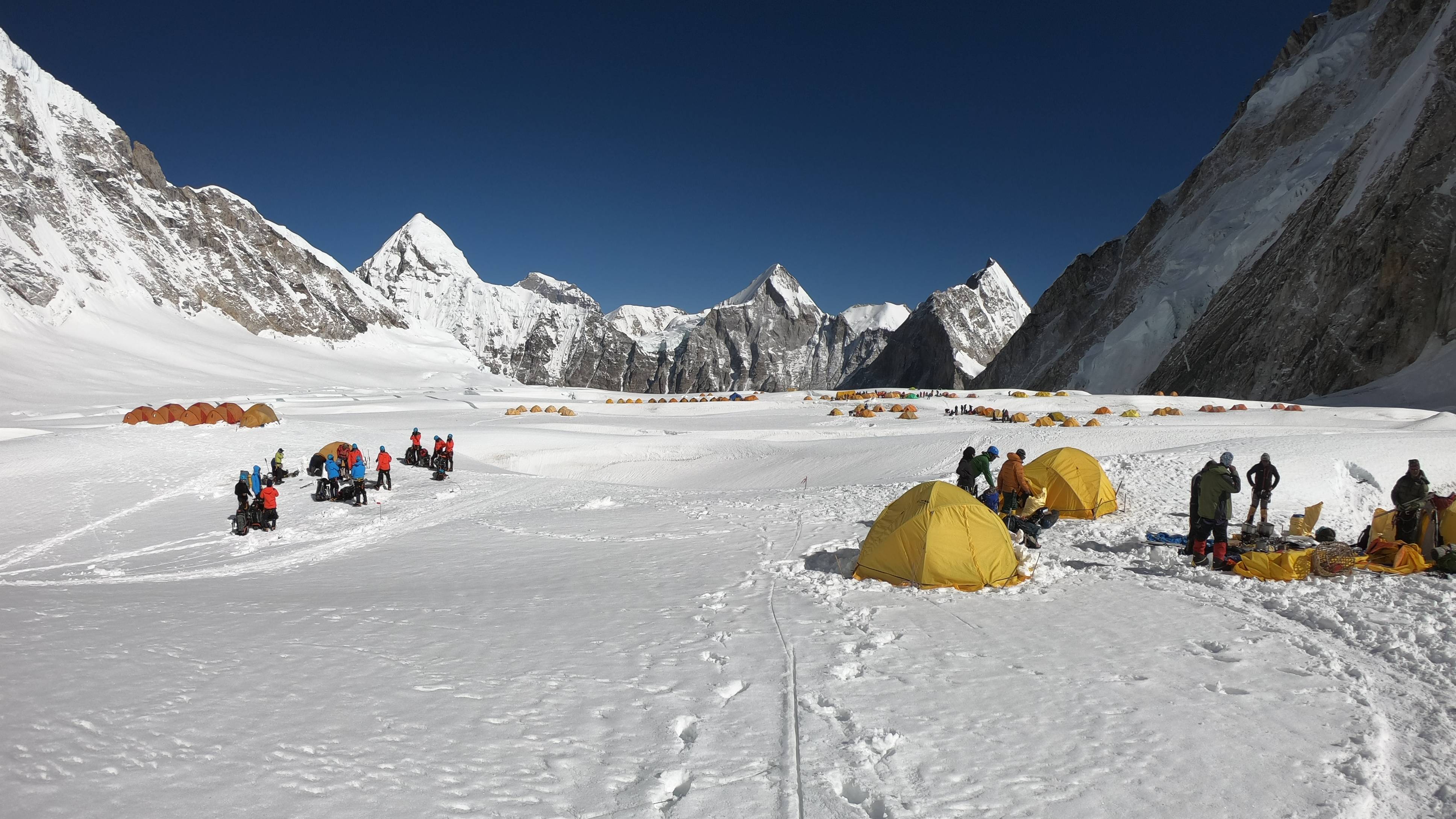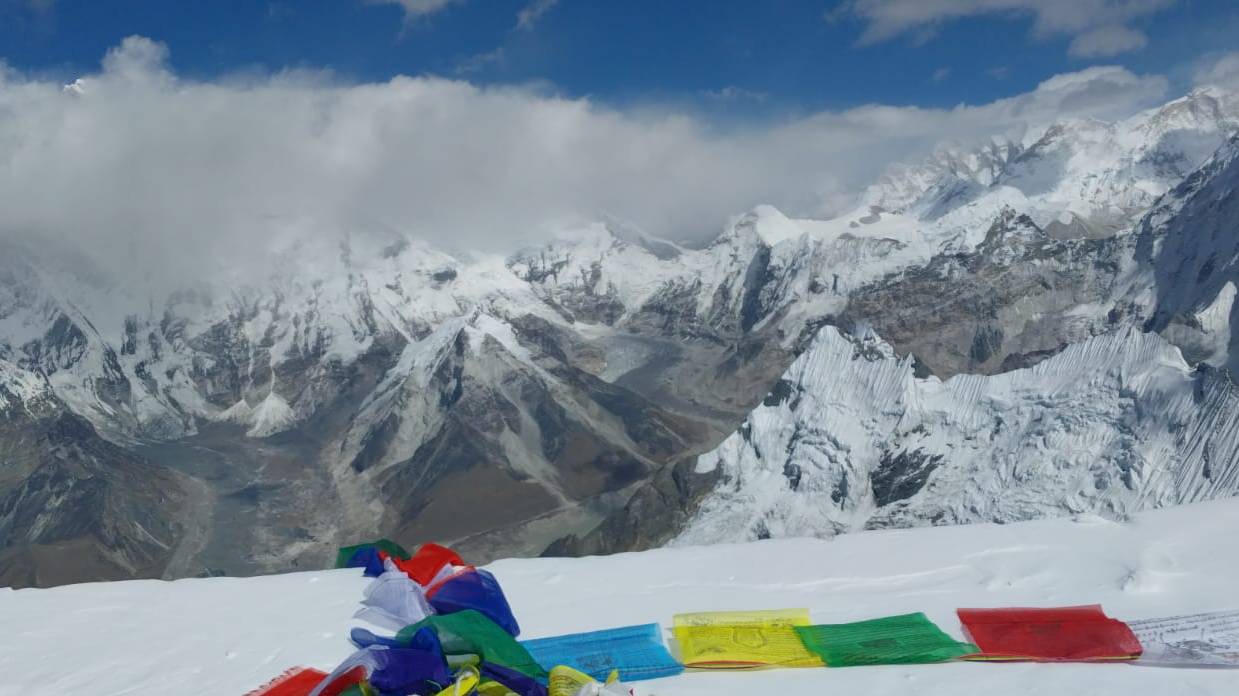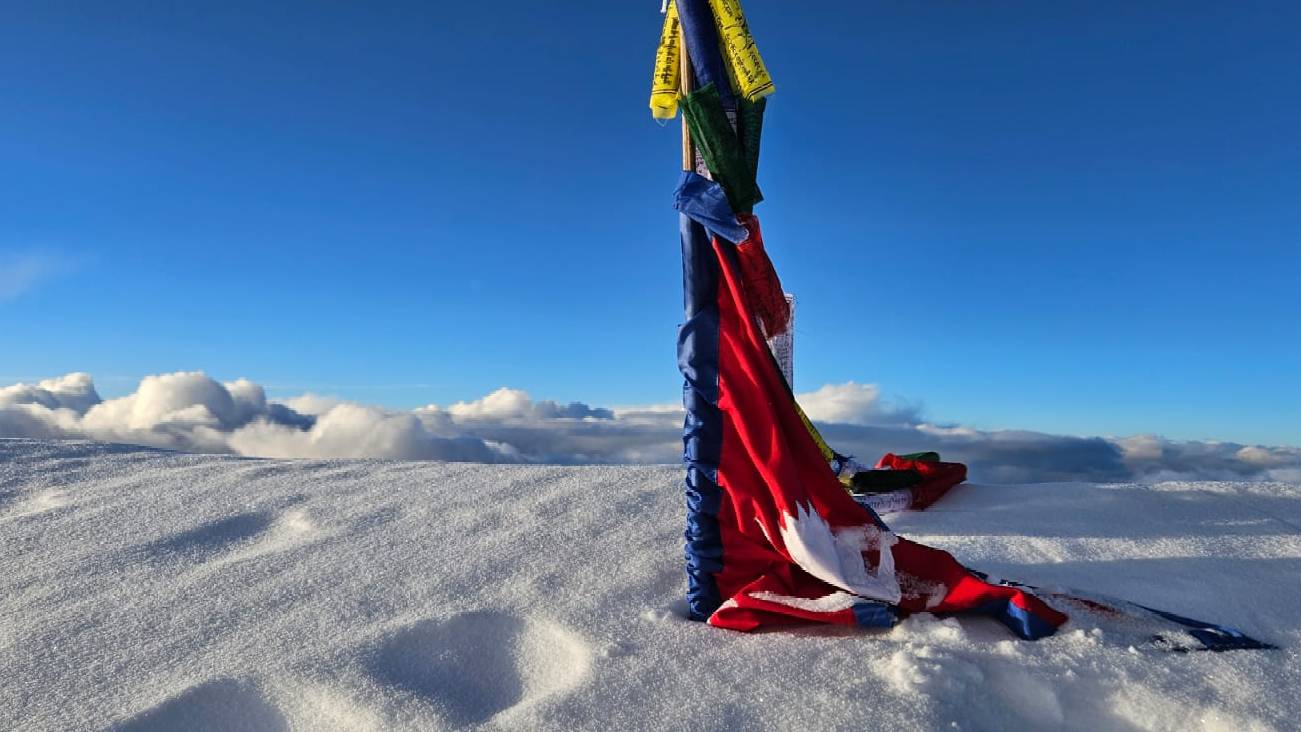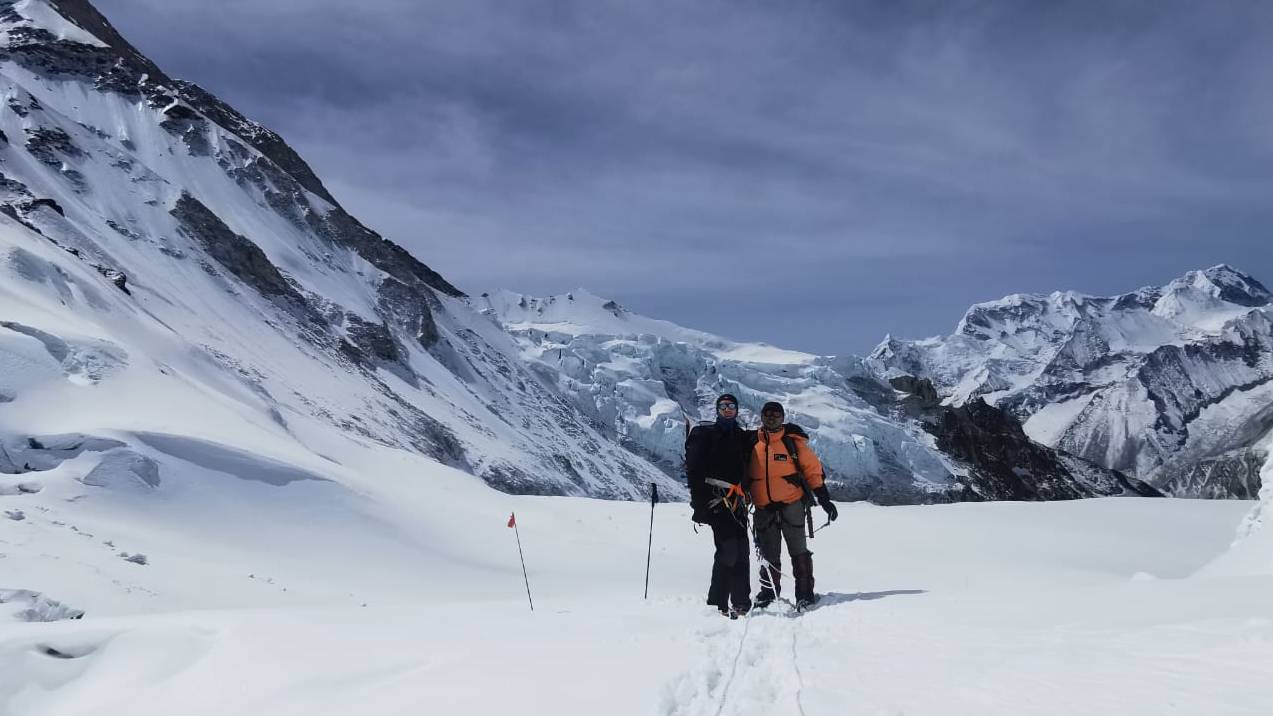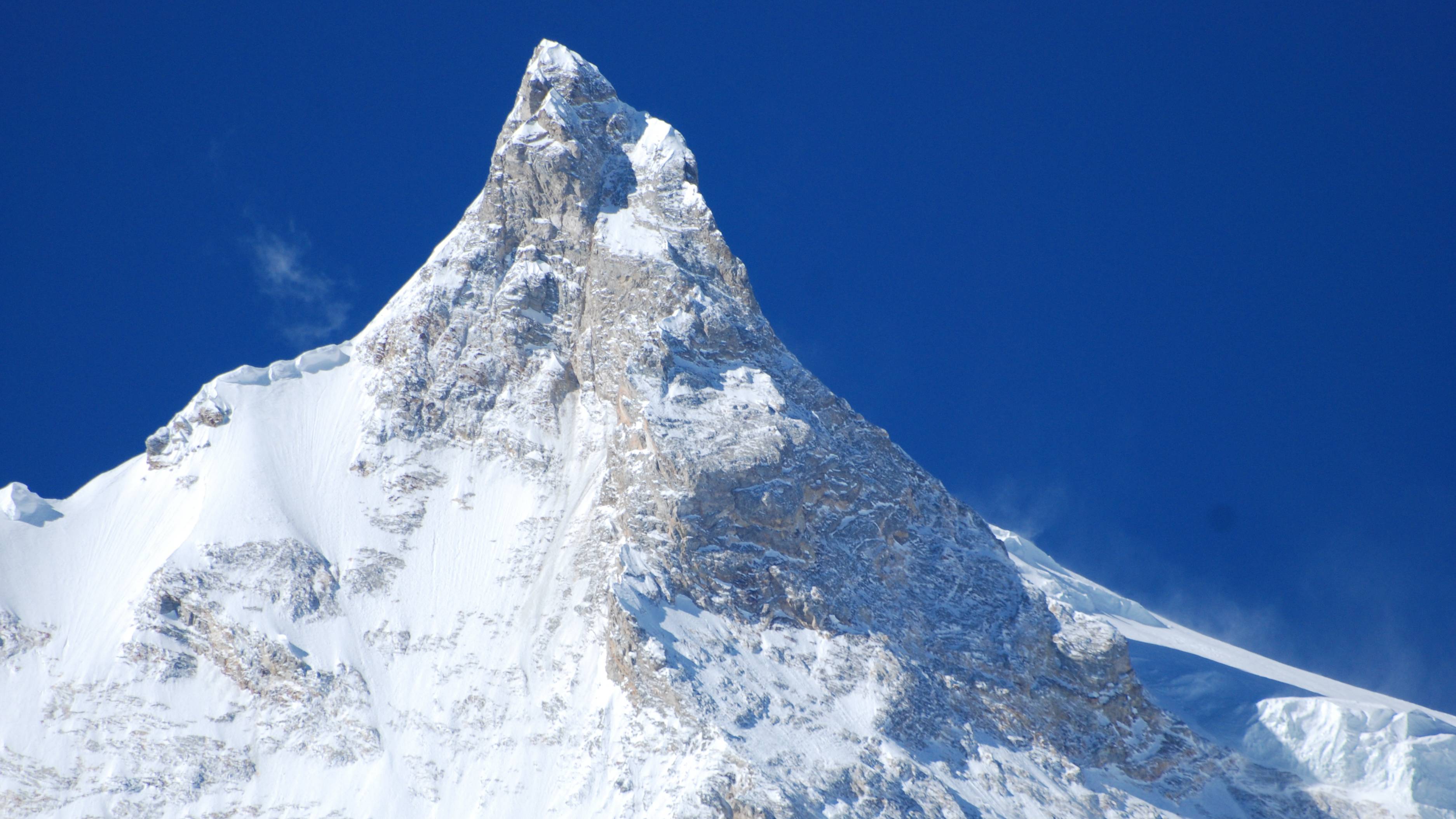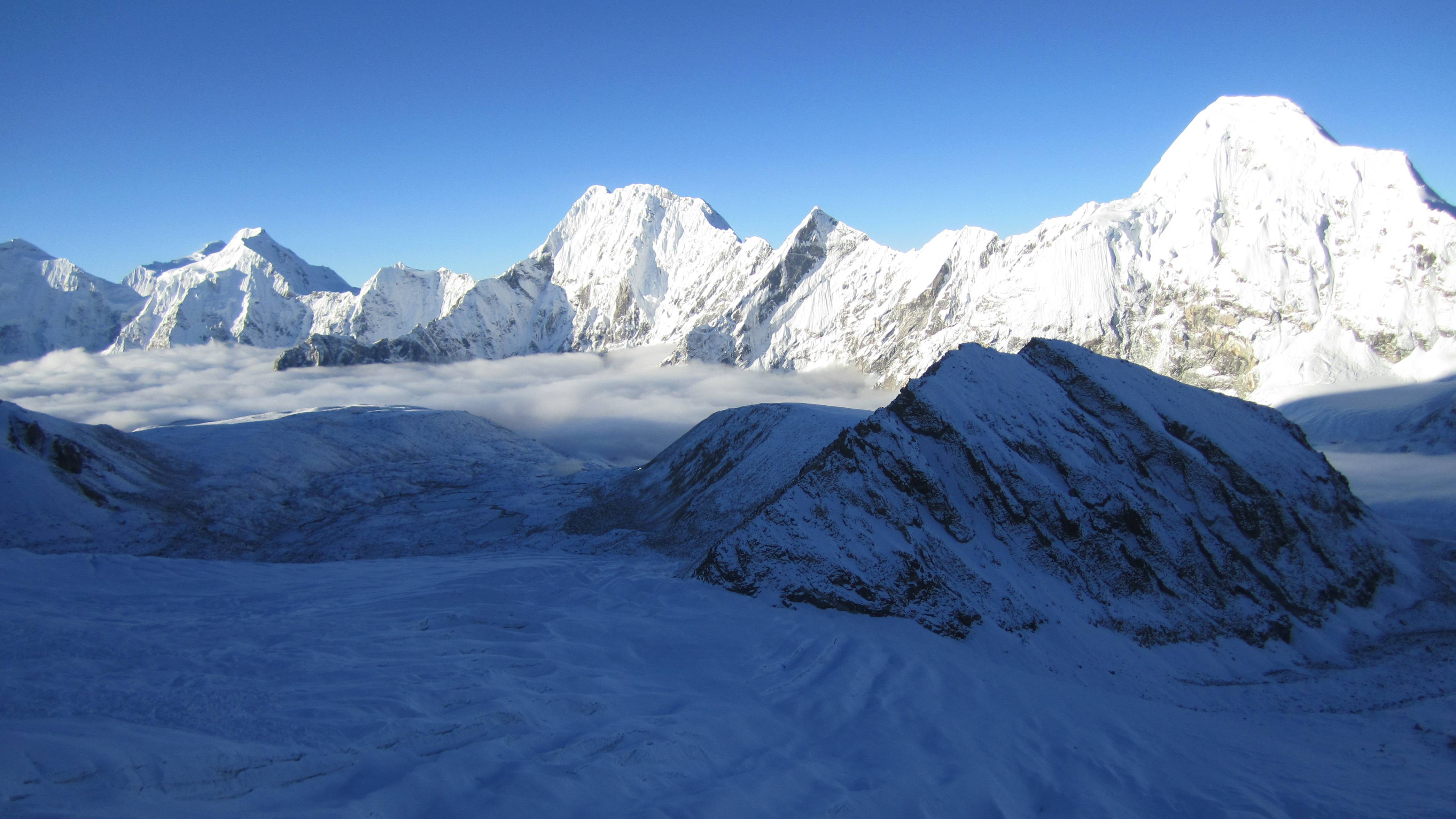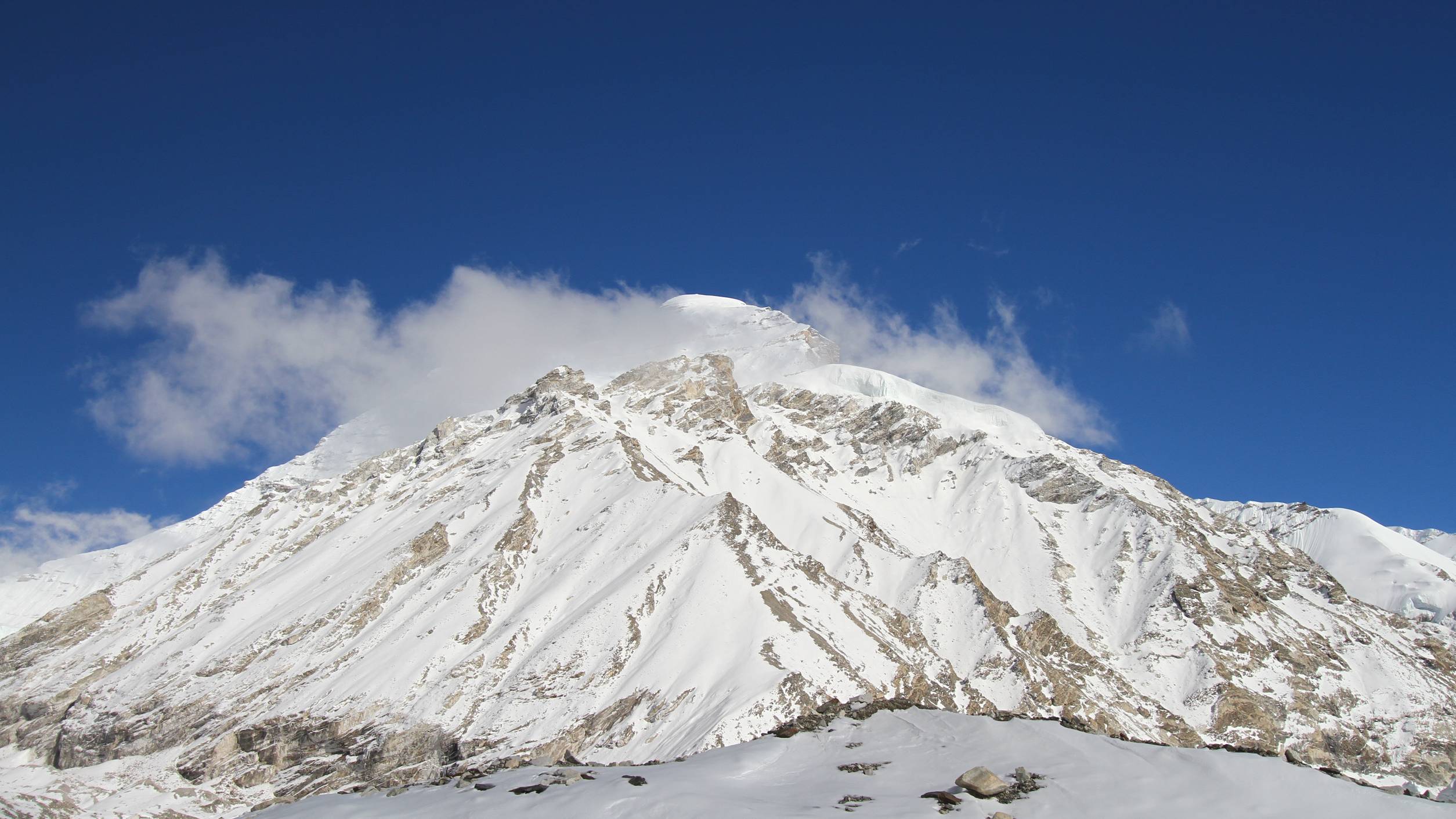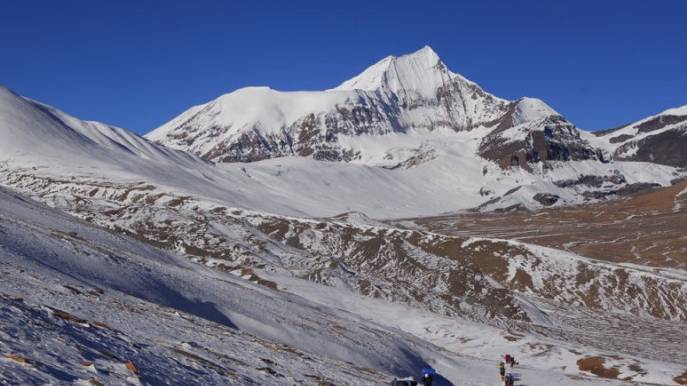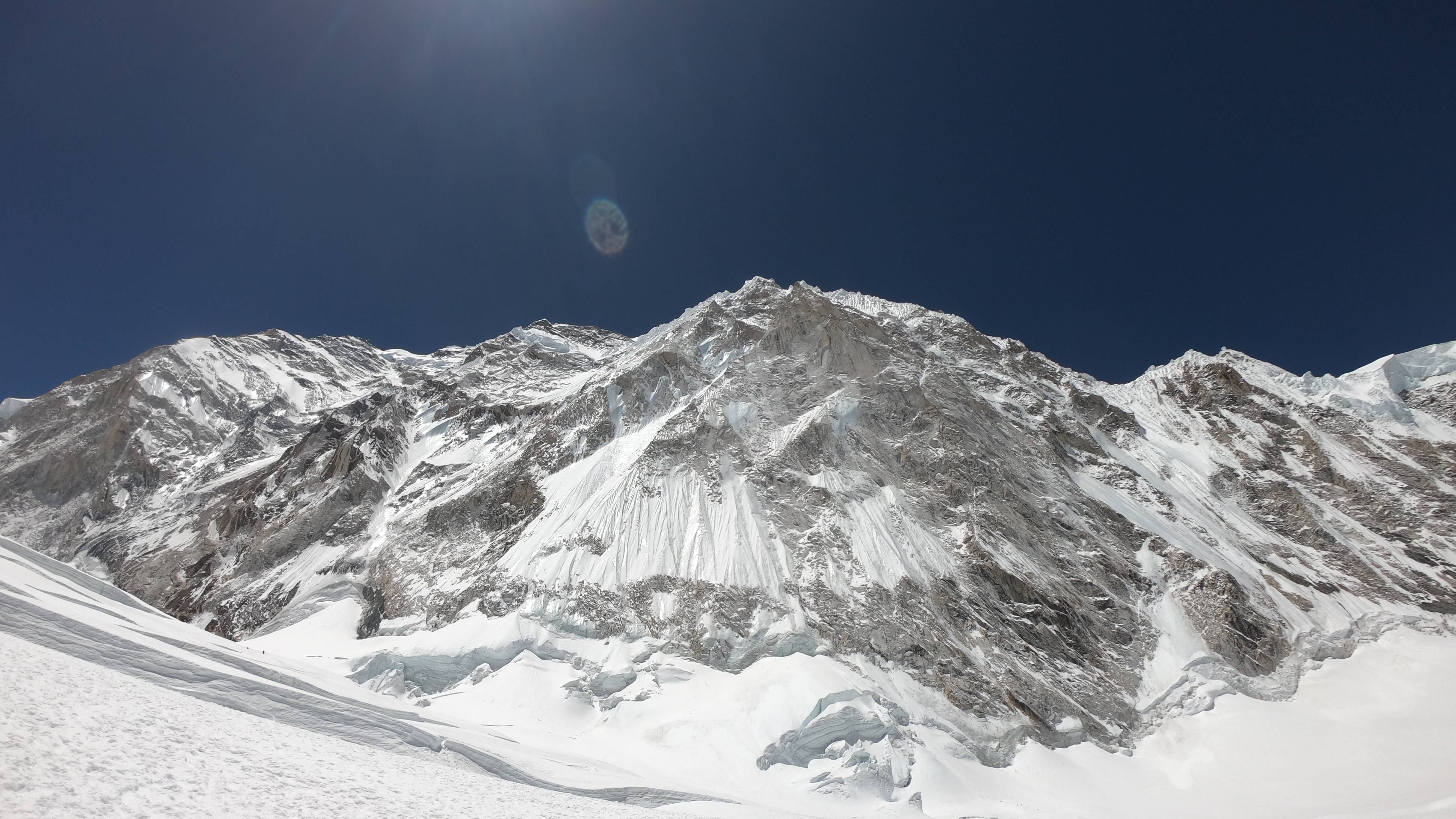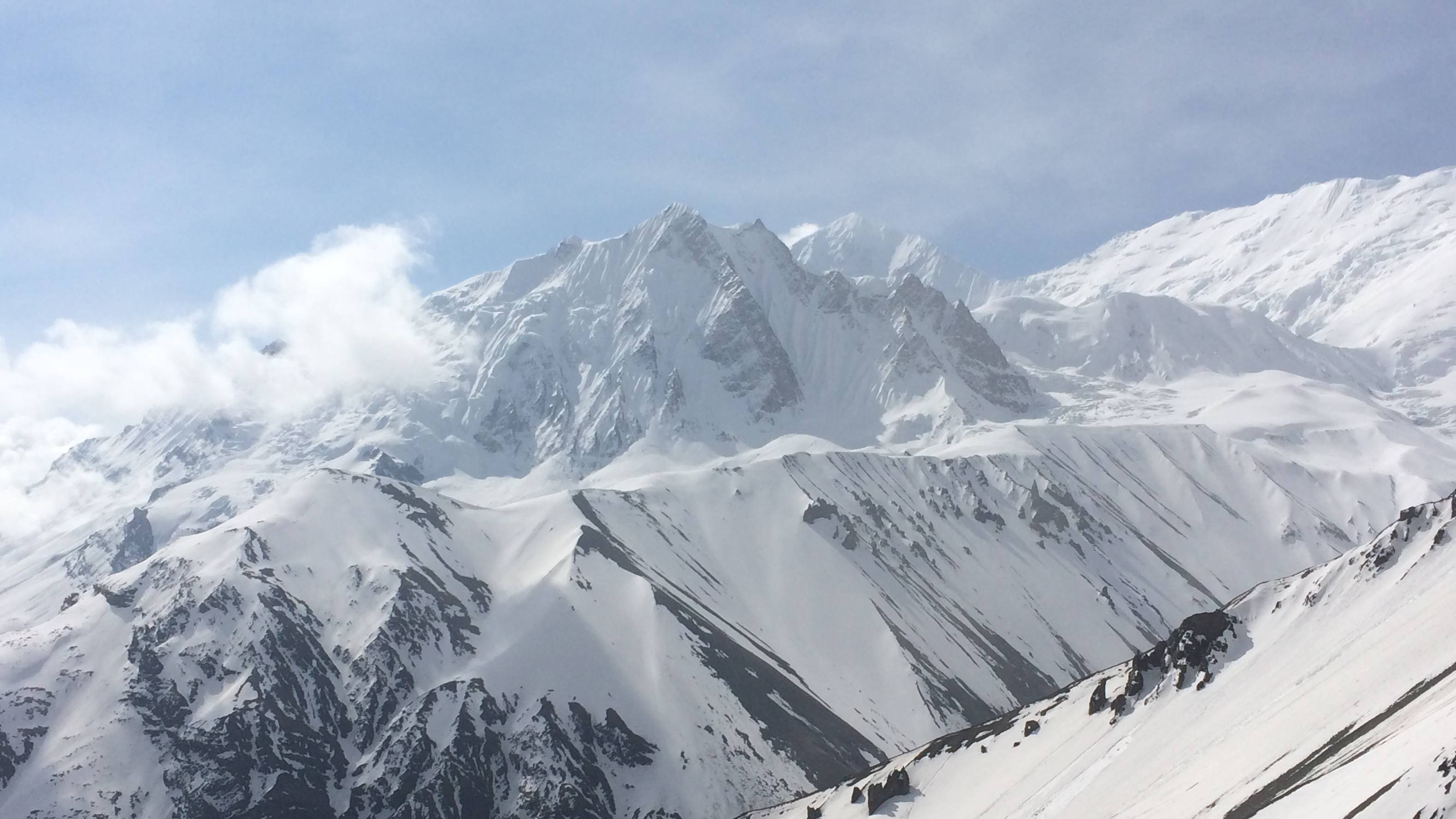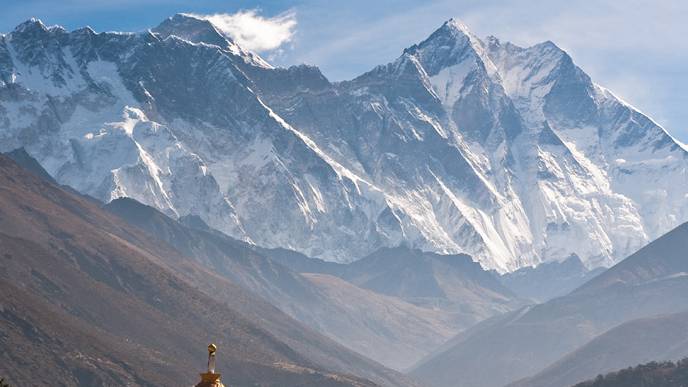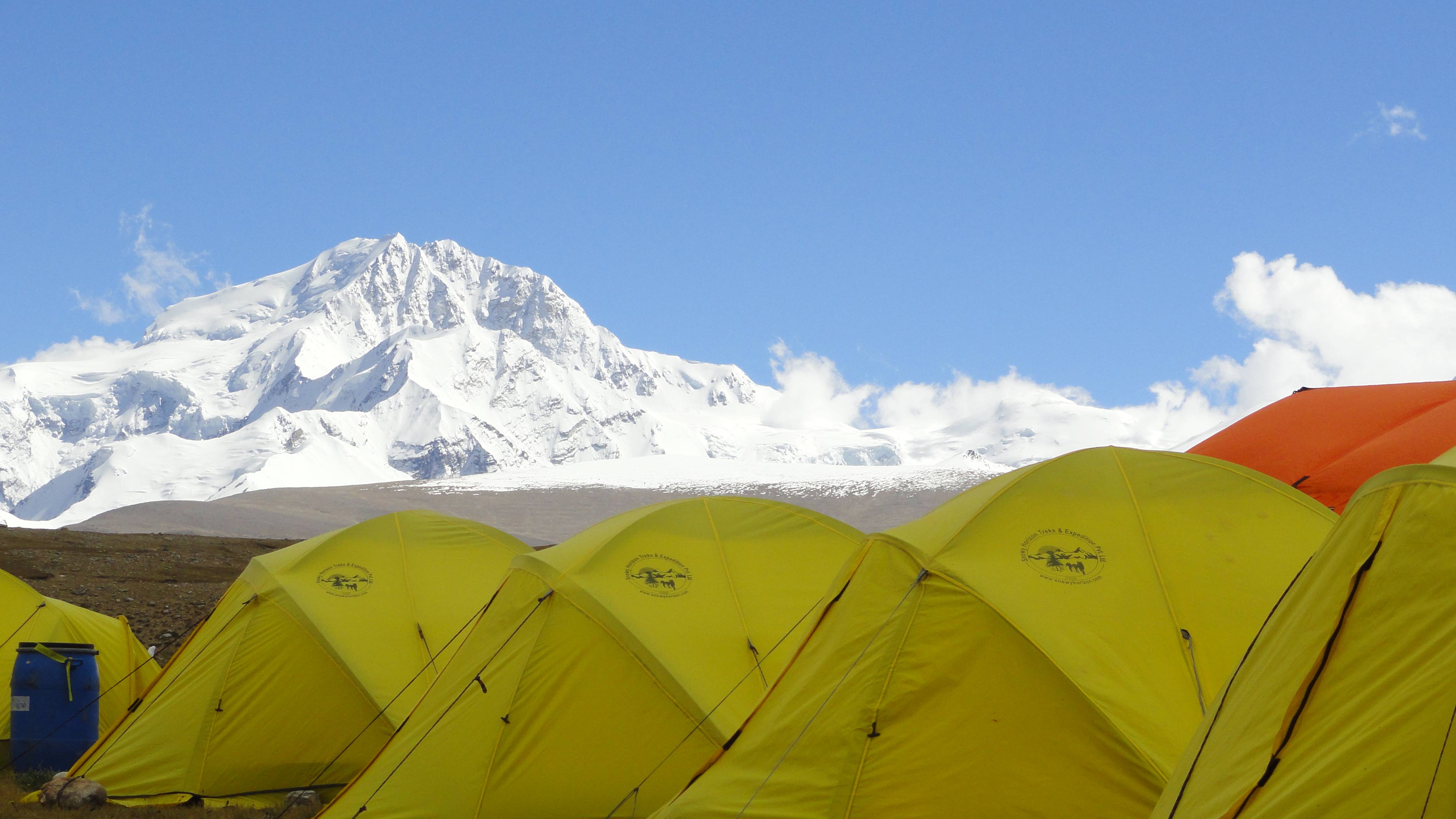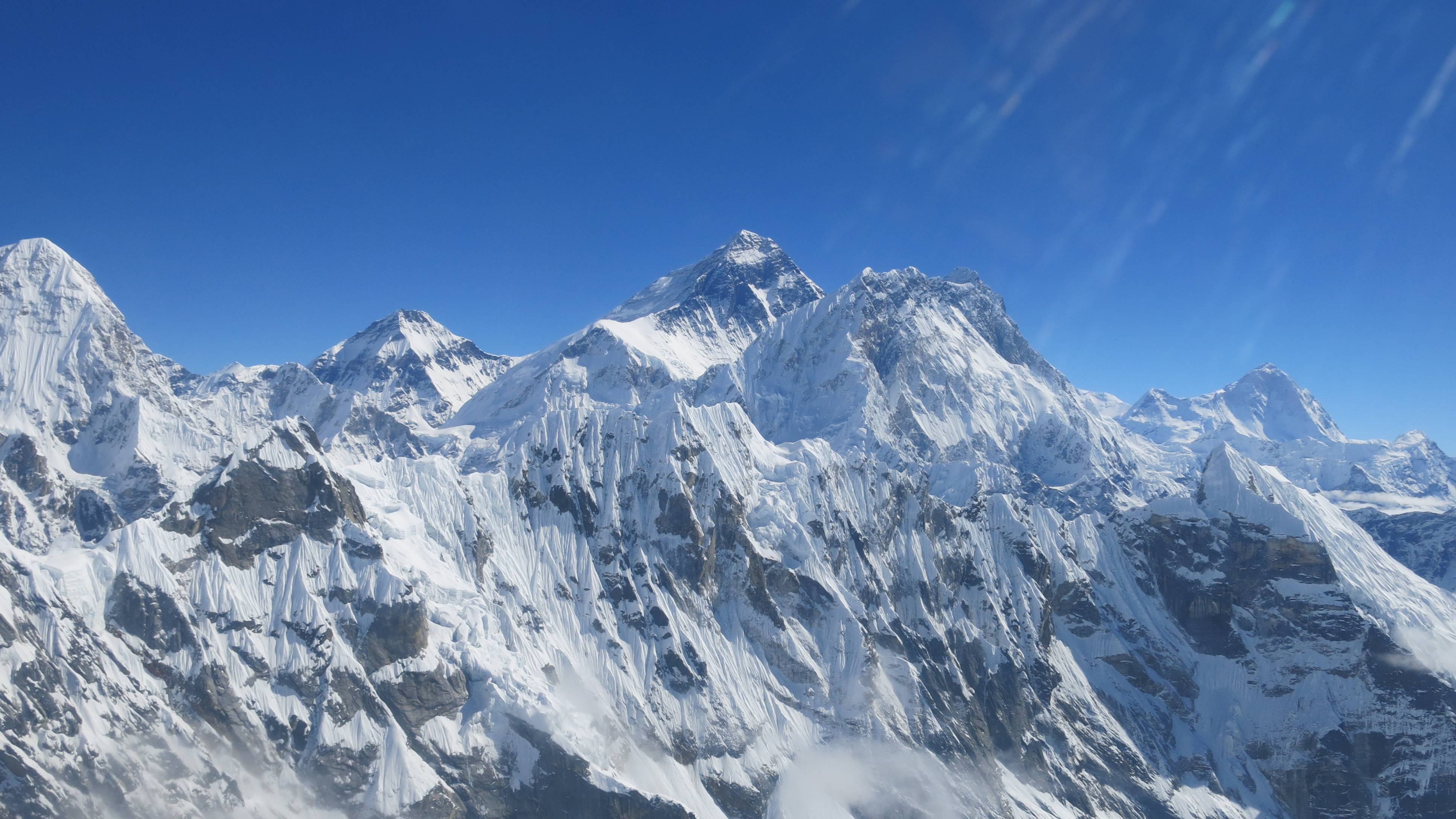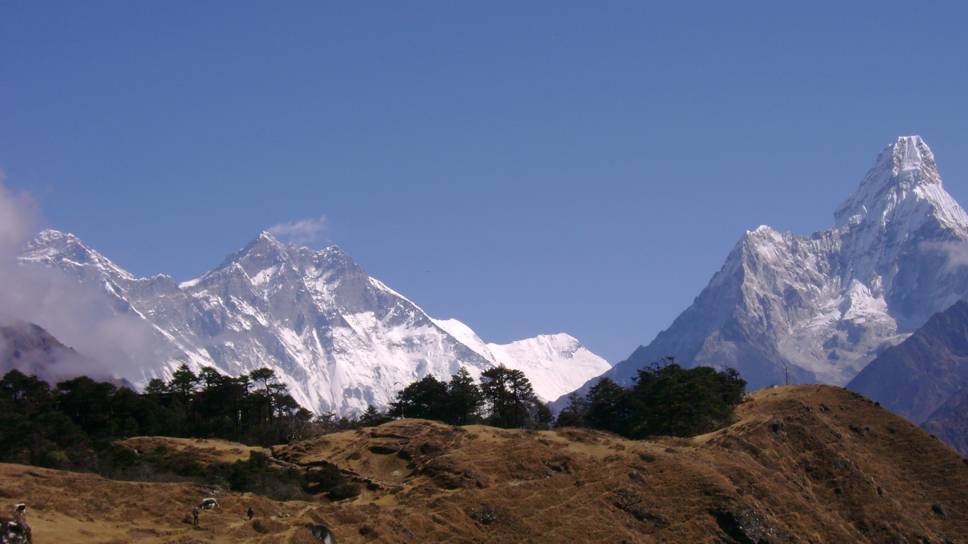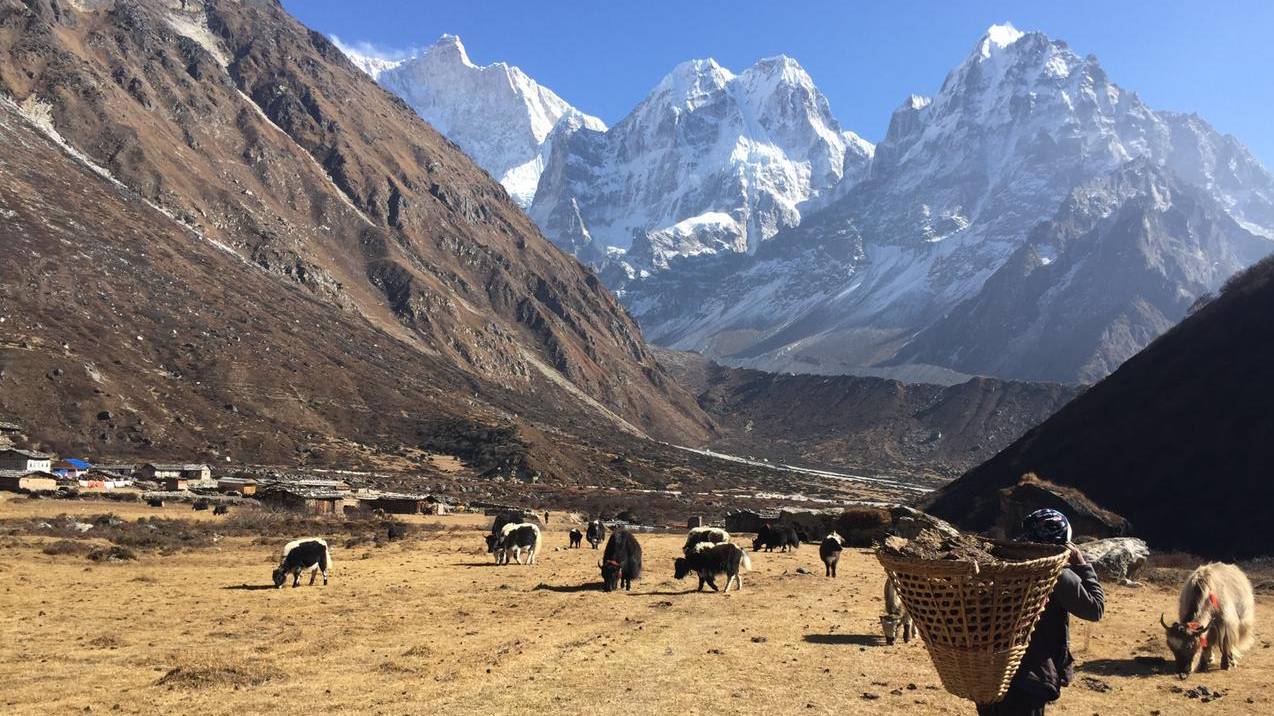Manaslu Circuit Trek
Overview
“Experience the majestic lifestyle of typical Nepalese mountain people and explore the wonderful and magnificent geography, mountain views, flora, and fauna toward the off-the-bitten route in Manaslu circuit with exclusive Larkya Pass trekking.”
Manaslu Circuit Trekking is suitable for all moderately fit trekkers, which require no previous experience in trekking. To condition yourself for the trek, some physical fitness programs such as walking, running, swimming, and hiking are recommended before you embark on your journey. Any person suffering from a pre-existing medical condition or disease must seek medical advice before considering any trek. Trekking around Manaslu offers a unique opportunity to experience a reasonably untouched region of Nepal. This region of Nepal sees few trekkers gradually increasing now though, which makes a visit here more exclusive and unspoiled. Manaslu Circuit trekking has been open since 1991 AD. It provides spectacular beauty along the border of Nepal and Tibet and is now a restricted/protected trekking route which allows for organized trekking through trekking agencies like Snowy Horizon Treks requires special permits to gain entry into this region to venture round its spectacular circuit.
Manaslu Trekking Area has a unique environment, which is exceptionally rich in biodiversity that has made this region one of the finest tourist destinations for Trekking in Nepal for many years. The majestic Himalayan ranges in this area consist of cultural diversities and natural scenery with high-altitude romantic glacier lakes and fascinating flora and fauna. All features of this region have made it one of the most well-liked places in Nepal. Team Snowy Horizon provide the best possible teahouses accommodation with experienced, trained and certified trekking guides along with strong and honest porters while you choose the trekking as teahouse trekking or professional complete camping service with comfortable two-person tents, good mattresses, a kitchen, dining, shower, toilet tents, chairs with tables, etc. if you intend to experience the Camping Trekking along with the Manaslu Circuit Trekking with Larkya La Pass.
We usually camp in or near a village, which allows you to buy chocolates and drinks, which we do not carry with us, we provide a limited amount of toilet paper and facilities for hand and face washing before meals, you will also get a bowl of hot water each morning in your tent for a quick scrub up, Team Snowy Horizon offers expert camping cook to prepare specially requested food as per your advice during the Manaslu Circuit Camping Trek. However these days the route is full of nominal teahouses and lodges having continental meals and better accommodation offered to the trekkers. Thus the small size group from 2-15 people is to be easily managed for this trek with reasonable and affordable prices whereas the camping trekking might be an expensive offer if the group size is small. September to December and February to May are the best seasons for this Round Manaslu Trekking.
The weather in the mountains is notoriously difficult to predict. At night it is generally cooler the days are generally warm. There will be snow from December to February. It is important to make sure that you can stay warm and dry in just about any condition. Expect the unexpected weather! The temperature could be as high as 20 deg. C to -10 deg. C low. For the experienced trekkers if you haven’t done it before the Manaslu Circuit trekking through Larkya La Pass is strongly and highly recommended and Team Snowy Horizon is always eager to welcome you with big hands for the warmest services possible.
Day-to-Day Itinerary (16 Nights/17 Days):
Day 01: Arrival and Transfer to Hotel in Kathmandu (1350m).
Day 02: Preparation, shopping, exploring the city and permit formalities.
Day 03: Drive to Soti Khola (775m-7 Hrs.) via Arughat (640m); lodge.
Day 04: Trek from Soti Khola to Machha Khola (900m-6 Hrs.); lodge.
Day 05: Trek to Jagat from Machha Khola (1340m-7 Hrs.); lodge.
Day 06: Trek to Ngyak from Jagat (2310m-5/6 Hrs.); lodge.
Day 07: Trek to Ghap from Ngyak (2100m-5/6 Hrs.); lodge.
Day 08: Trek to Lho from Ghap (3200m-5/6 Hrs.); lodge.
Day 09: Trek to Samagoan from Lho (3500m-4/5 Hrs.); lodge.
Day 10: Acclimatization and exploration day at Samagaon.
Day 11: Trek to Samdoo from Samagompa (3700m-4/5 Hrs.); lodge.
Day 12: Trek to Dharamshala from Samdoo (4500m-4/5 Hrs.); teahouse.
Day 13: Trek to Bhimtang (3590m-7/8 Hrs.) via Larkya La (5215m) pass; lodge.
Day 14: Trek to Tilje (2150m-5/6 Hrs.) from Bhimtang; lodge.
Day 15: Trek to Dharapani (1300m-3/4 Hrs.) and drive to Besisahar (760m), lodge.
Day 16: Drive to Kathmandu (6/7 Hrs.) transfer to Hotel; farewell dinner.
Day 17: Final departure to your port of destination
Day-to-Day Itinerary (16 Nights/17 Days):
Day 01: Arrival and Transfer to Hotel in Kathmandu (1350m).
Day 02: Preparation, shopping, exploring the city and permit formalities.
Day 03: Drive to Soti Khola (775m-7 Hrs.) via Arughat (640m); lodge.
Day 04: Trek from Soti Khola to Machha Khola (900m-6 Hrs.); lodge.
Day 05: Trek to Jagat from Machha Khola (1340m-7 Hrs.); lodge.
Day 06: Trek to Ngyak from Jagat (2310m-5/6 Hrs.); lodge.
Day 07: Trek to Ghap from Ngyak (2100m-5/6 Hrs.); lodge.
Day 08: Trek to Lho from Ghap (3200m-5/6 Hrs.); lodge.
Day 09: Trek to Samagoan from Lho (3500m-4/5 Hrs.); lodge.
Day 10: Acclimatization and exploration day at Samagaon.
Day 11: Trek to Samdoo from Samagompa (3700m-4/5 Hrs.); lodge.
Day 12: Trek to Dharamshala from Samdoo (4500m-4/5 Hrs.); teahouse.
Day 13: Trek to Bhimtang (3590m-7/8 Hrs.) via Larkya La (5215m) pass; lodge.
Day 14: Trek to Tilje (2150m-5/6 Hrs.) from Bhimtang; lodge.
Day 15: Trek to Dharapani (1300m-3/4 Hrs.) and drive to Besisahar (760m), lodge.
Day 16: Drive to Kathmandu (6/7 Hrs.) transfer to Hotel; farewell dinner.
Day 17: Final departure to your port of destination.
Full Board Service Cost : Please contact us by email or call us
Cost Include
- Pick up and drop from and to Kathmandu International airport.
- 3 Night Hotel accommodations on BB Plan in Kathmandu.
- 1 day guided city tour in Kathmandu.
- 3 meals a day (Breakfasts, Lunch and Dinners with tea or coffee) during the trek.
- Accommodation of teahouse/tents in twin sharing basis during the trek.
- Manaslu and Annapurna Conservation Area entry permit and fees.
- Eight (8) days special Manaslu restricted area trekking permit and fees.
- TIMS (Trekker's Information Management System) card.
- One experience trekking guide and porters for the trek 15kg baggage each member.
- Transport for Kathmandu-Arughat –Soti Khola and Dharapani –Besisahar-Kathmandu.
- Group medical supplies (First Aid medical kit will be available).
- All necessary paper works, office Service charges and Government Taxes.
- Complete pre-departure information.
- Farewell Dinner in Kathmandu before departure.
- Snowy Horizon Special Gifts (T-shirt, Pashmina, etc.)
Cost Exclude
- Lunch and dinner in Kathmandu.
- Emergency rescue evacuation if required.
- Personal accident insurance or Helicopter rescue.
- Any kind of Alcoholic, hot and cold drinks, hot water, etc.
- Laundry, phone calls, internet use, etc.
- All kinds of Personal Nature Expenses.
- Any others expenses which are not mentioned in the Cost Includes section.
- Tips, gifts, souvenirs.
Notes
- The itinerary is changeable and modifiable as per the needs and time frame of trekkers.
- The cost will be re-calculated if the itinerary is changed or modified.
- Additional activities may be added as per trekkers' request with appropriate additional cost.
- The cost may also be affected due to the requirement for a number of guides and porters.
- For any kind of change please contact us by mail or call.
- Grade: Strenuous
- Elevation: 5215m.
- Location: Gorkha Region
- Season: spring (March –June) autumn (Sept-November)
- Duration: 17 Days
- Group Size: 02-15 person per Group

